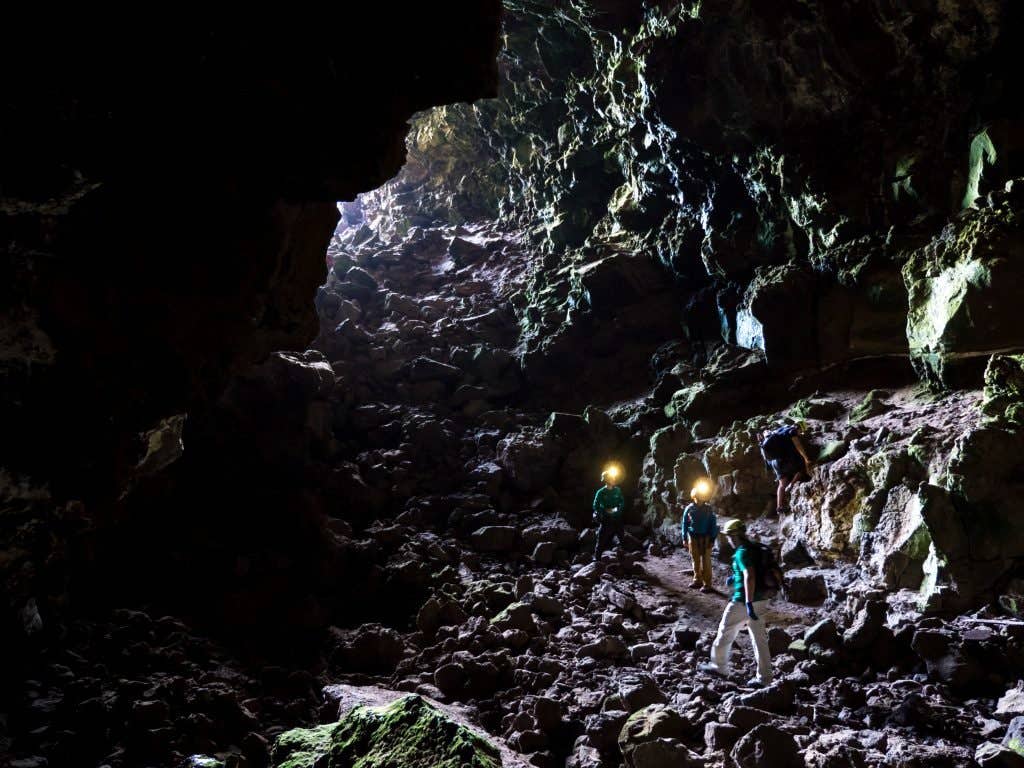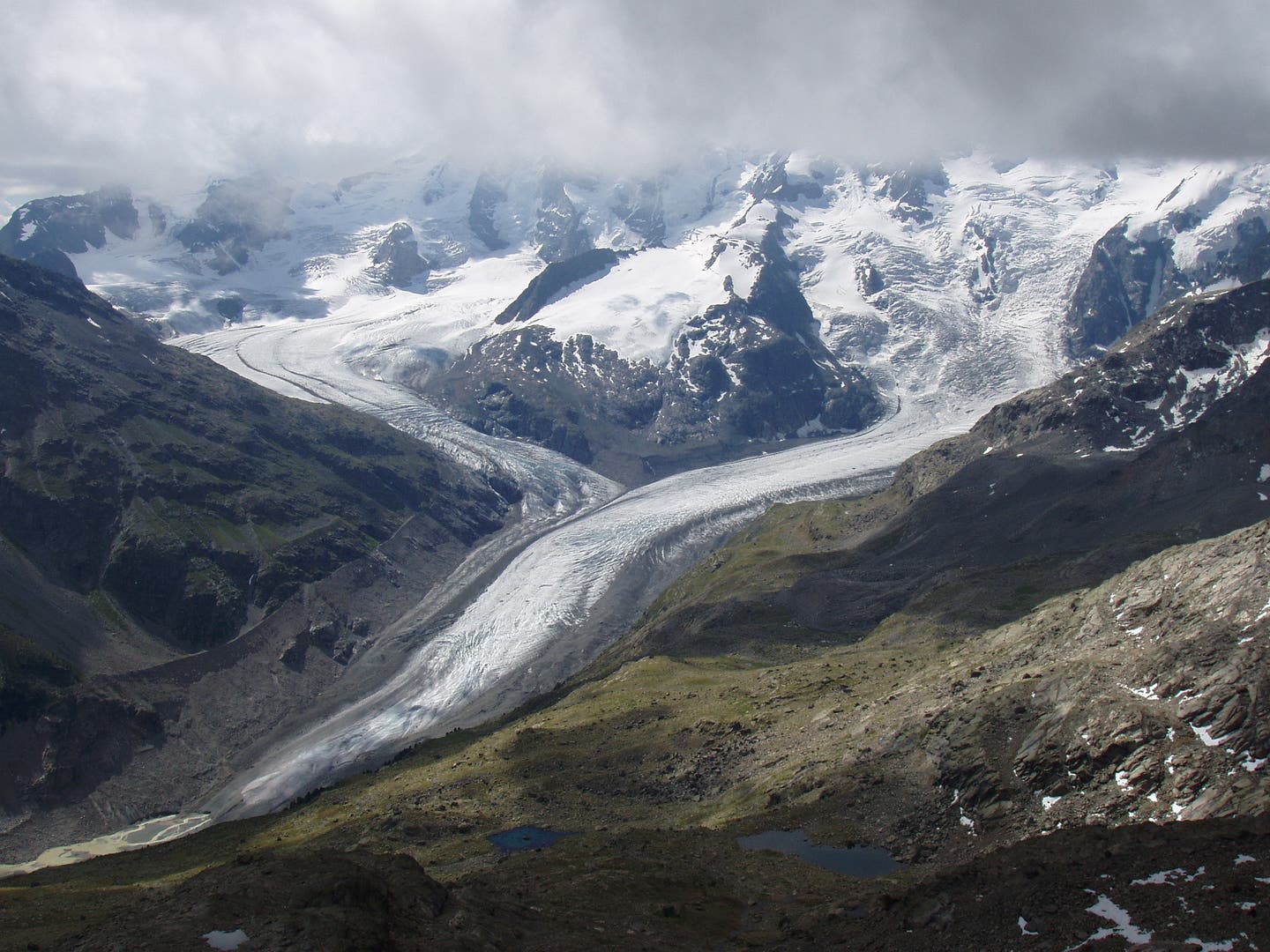Scientists demonstrate the existence of a hidden tunnel on the moon – possible home for astronauts
For the first time, researchers have demonstrated the existence of a tunnel in the lunar subsurface, identified as an empty lava tube.

These caves have been theorized for over 50 years, but it is the first time ever that we have demonstrated their existence. (CREDIT: Creative Commons)
An international team of scientists, led by the University of Trento in Italy, has made a groundbreaking discovery about the Moon. For the first time, they have demonstrated the existence of a tunnel in the lunar subsurface, identified as an empty lava tube. This significant finding was published in Nature Astronomy and marks a major milestone in lunar research.
"These caves have been theorized for over 50 years, but it is the first time ever that we have demonstrated their existence," said Lorenzo Bruzzone, a professor at the University of Trento.
The discovery was made possible by reanalyzing data from the Lunar Reconnaissance Orbiter (LRO) NASA mission. In 2010, the Miniature Radio-Frequency (Mini-RF) instrument on the LRO captured data that included a pit in Mare Tranquilitatis.
"Years later, we reanalyzed these data with complex signal processing techniques we have recently developed, and discovered radar reflections from the area of the pit that are best explained by an underground cave conduit. This discovery provides the first direct evidence of an accessible lava tube under the surface of the Moon," explained Bruzzone.
Leonardo Carrer, a researcher at the University of Trento, added, "Thanks to the analysis of the data, we were able to create a model of a portion of the conduit. The most likely explanation for our observations is an empty lava tube."
Wes Patterson, the Mini-RF principal investigator from the Johns Hopkins Applied Physics Laboratory, highlighted the broader implications of this research. “This research demonstrates both how radar data of the Moon can be used in novel ways to address fundamental questions for science and exploration and how crucial it is to continue collecting remotely sensed data of the Moon. This includes the current LRO mission and, hopefully, future orbiter missions.”
The study was partially funded by the Italian Space Agency and included contributions from researchers at the University of Padua and La Venta Geographic Explorations APS, who assisted with the geological analyses and modeling of the identified conduit.
The discovery has significant scientific implications, especially for future lunar missions. The Moon's environment is extremely hostile to human life. Surface temperatures on the illuminated side can reach 127°C, while on the unilluminated side, they can drop to -173°C. Additionally, cosmic and solar radiation on the Moon can be up to 150 times stronger than on Earth, and there is a constant threat of meteorite impacts. These harsh conditions underscore the need for safe sites where infrastructure can be built to support sustained lunar exploration.
Caves such as the newly discovered lava tube offer a potential solution to this problem. They could provide natural shelters from extreme temperatures, radiation, and meteorite impacts, making them ideal locations for constructing bases and other infrastructure necessary for long-term human presence on the Moon.
This discovery is a testament to the value of international collaboration in advancing our understanding of the Moon. By combining expertise from various institutions and leveraging advanced technology, scientists have been able to uncover new insights that could pave the way for future exploration and possibly even habitation of the Moon.
Note: Materials provided above by the The Brighter Side of News. Content may be edited for style and length.
Like these kind of feel good stories? Get the Brighter Side of News' newsletter.



